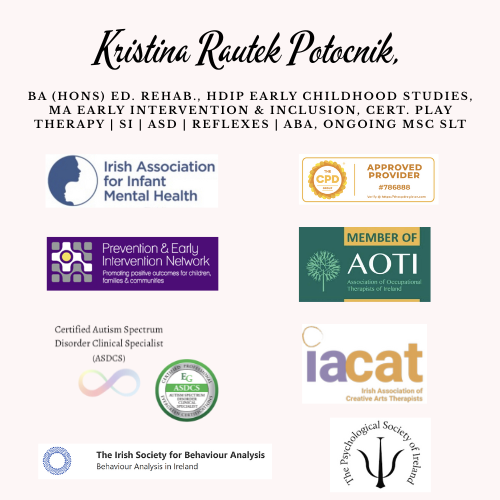How Children Learn and Remember Skills Through Repetition
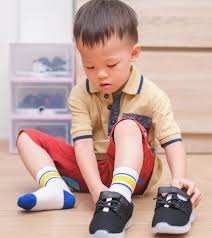
Author: Kristina Rautek Potocnik, BA (Hons) Ed. Rehab., HDip Early Childhood Studies, MA Early Intervention & Inclusion, Cert. Play Therapy | SI | ASD | Reflexes, ongoing MSc SLT
Why Repetition, Support, and Brain Processes Help Children Turn Skills Into Habits
We all want children to learn and remember important skills that will help them in everyday life. But for this to happen, it’s not enough to simply teach something once. For a child to use a new skill in real life, that skill must become part of long-term memory. We already know that memory is important for learning—but not all memory works in the same way.
When we think about memory, most of us think about remembering things like names, birthdays, songs, or personal stories. This kind of memory is called declarative memory. It depends on attention, thinking, and often on language. But there is another type of memory that is just as important for learning, especially for young children—implicit memory.
What Is Implicit Memory?
Implicit memory is the kind of memory that works without us thinking about it. We don’t need to try to remember—it just happens. This type of memory does not depend on intelligence, awareness, or language. It’s part of how our brain learns by doing and repeating.
Learning a Skill Means Doing It Again and Again
When children learn new skills, they usually start slowly. They think about what they are doing and may need help. But over time, as they repeat the action, they get better at it. The more they practice, the easier it becomes. After enough practice, the skill becomes automatic.
For example, think about how a child learns to ride a bike. At first, they need to think about each part—how to sit, where to place their feet, how to hold the handlebars. But after many tries, they just get on the bike and ride. Their body “remembers” what to do, even if they’re not thinking about each movement.
This is how implicit memory works—it helps us do things automatically, without needing to think. These types of memories are stored deep in the brain and are processed by cortico-striatal pathways, which help turn actions into habits.
The Three Stages of Learning a Skill
Researchers and therapists often describe three stages of learning when working with children. These stages help us understand how to teach a new skill and how to support a child as they practice it.
1. Cognitive Stage
This is the beginning stage. The child needs to think a lot about what they are doing. They may talk about each step out loud or need reminders. The skill is still new, and the child does not yet know how to do it smoothly.
As adults, we can help by breaking the skill into small steps, using pictures or other visual tools, and offering clear instructions. It’s important to be patient and let the child make mistakes while learning.
2. Associative Stage
Now the child starts to practice the skill more often. They still need support, but the movements or actions are starting to feel more natural. The child can now repeat the same skill in structured environments—like during a therapy session or at home with help.
In this stage, the goal is to build consistency. The child should be able to perform the skill the same way in different situations. This is called generalisation, and it’s a key part of real learning.
3. Autonomous Stage
At this point, the child can do the skill automatically, without thinking. The brain has created a motor program, and the skill becomes part of the child’s daily routine. The child no longer needs help or reminders.
For example, a child might get dressed by themselves or start using a spoon correctly without anyone telling them what to do. This shows that the skill is now part of their implicit memory.
From Conscious Effort to Automatic Action
What we learn from this process is that every automatic skill once required effort. It started as a task the child needed to think about, but through repetition, it became part of their daily habits. This shift—from thinking to doing automatically—is a sign that learning has taken place deep in the brain.
Knowing how the brain works helps us make better learning plans for each child. When we understand the learning stages, we can prepare the right steps, supports, and timing. Of course, we must also consider the child’s personal strengths, needs, family background, and the social environment they live in.
Every child is different. Some need more time, more repetition, or a different teaching style. But if we stay patient, consistent, and curious, we can help each child move from learning to true skill mastery.
References:
Babic Leko, M., Bilic, B., Chudy, H., Rados, M., Simic, G., Tkalcic, M. & Vuksic, M. (2019). Uvod u neuroznanost ucenja i pamcenja. Zagreb: Ljevak.
Latest Posts
- How children make sense of the world through their senses
- How your baby learns about the world through their senses
- Helping your child grow stronger through movement and play
- Understanding How Early Intervention Helps Children Learn, Move, and Connect
- How to Recognise Tactile Defensiveness and Help Your Child Feel Safe
- Understanding Feeding Challenges and How to Support Your Child at Home
- Let’s Talk Sitting: Exploring Floor Seating Options
- Retained Primitive Reflexes: The Hidden Cause Behind Developmental Struggles
- Where Curiosity Blossoms: How Children's Play Nurtures Growth for All
- Helping Your Child Through Stress: A Gentle Guide for Parents
- Sweet Little Lies – How to Recognise and Respond with Care
- Chores Are More Than Just Tasks – They’re a Tool for Growing Independence, Focus, and Confidence
- How to Help Children Develop Emotional Intelligence
- Blending Technology and Care: How VR Meta Quest Supports Children at NeuroNest
- A simple guide for parents who want to raise confident, happy children
- Setting Boundaries with Love: A Simple 3-Step Guide for Parents
- Understanding Behavior Through the Nervous System
- A Compassionate Lens on Dysregulation in Non-Speaking Autistic Individuals
- Supporting Development Through Movement: The Role of the Swing in Early Intervention
- Blending Tradition and Innovation: How NeuroNest Supports Your Child’s Unique Journey
- When Movement Meets Innovation: Supporting Child Development with GoBalance
- Why Visual Perception Matters for Everyday Life and Development
- Benefits of Chess in Early Intervention
- Building Healthy Nutrition from the Start
- A Journey Back to Your True Self
- Supporting Your Child’s Hand Skills for Confident Writing
- Blending the Best of Both Worlds
- Helping Toddlers Eat Well: A Parent’s Guide
- Why Tummy Time Matters for Your Baby's Development
- Helping Your Child Build Everyday Independence
- Who Are the Disconnected Kids?
- From First Tries to Automatic Habits: Understanding the Stages of Skill Learning
- Why a Child’s Level of Alertness Matters for Memory and Learning
- Early brain development starts before birth
- Why Slowing Down, Adapting Tasks, and Adding Breaks Helps Children Learn Better
- Why ADHD, Autism, Dyslexia and Other Challenges Need a New Approach
- The surprising power of copying in child development
- Books are more than just language tools—they’re powerful allies in sensory and motor development.
- Rethinking sensory support: moving beyond expensive rooms toward everyday understanding.
- Understanding how fear develops in a child’s brain
- Understanding how an early baby reflex can affect your child’s daily life
- A gentle start into baby development through movement and bonding
- A child-centred, research-informed approach that uses the power of play to support communication, emotional regulation, motor development, and meaningful growth from infancy to twelve years.
Our Partners

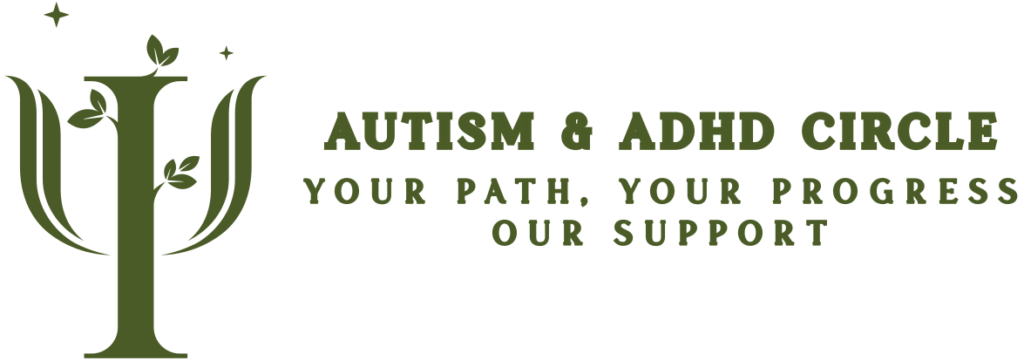
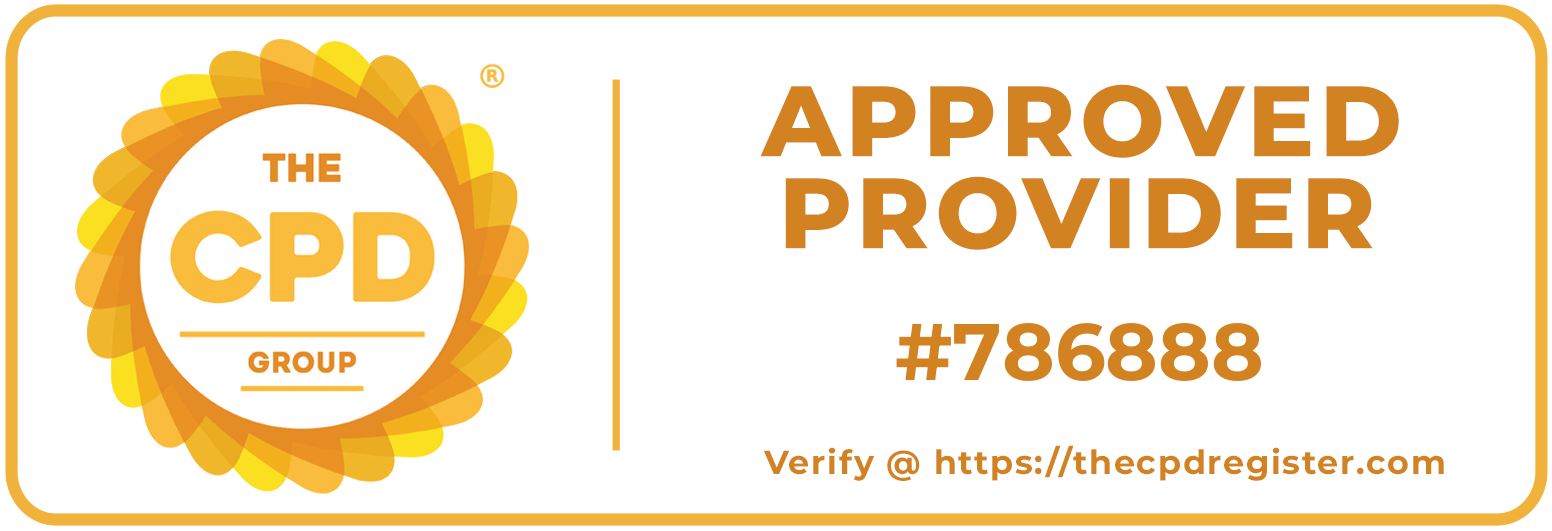
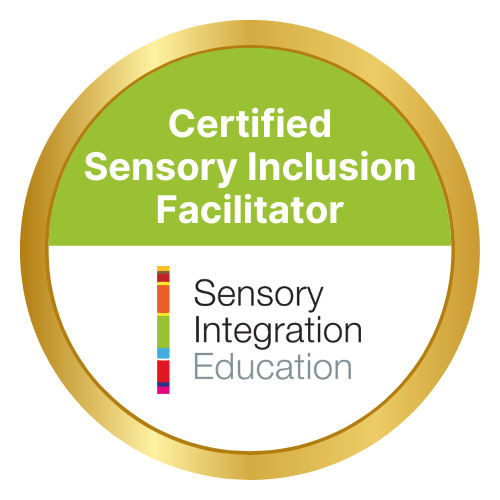
Our Memberships
